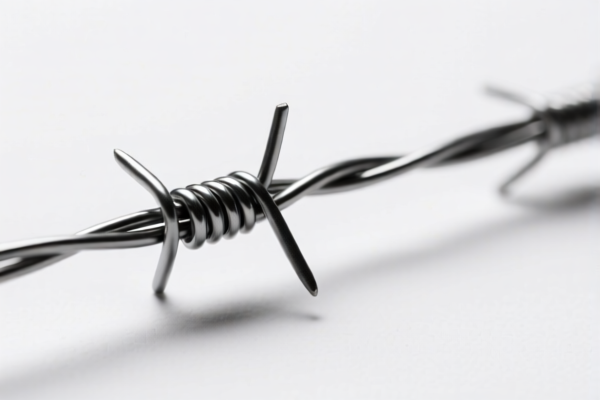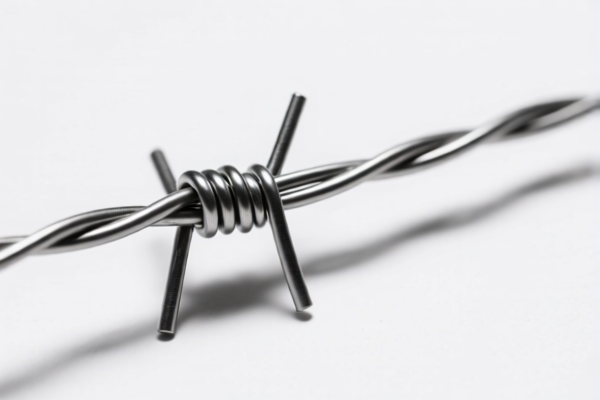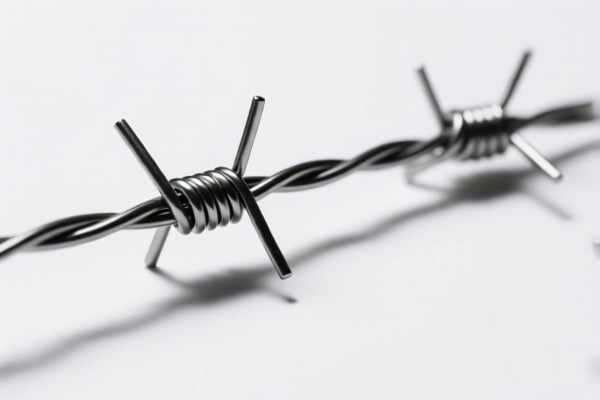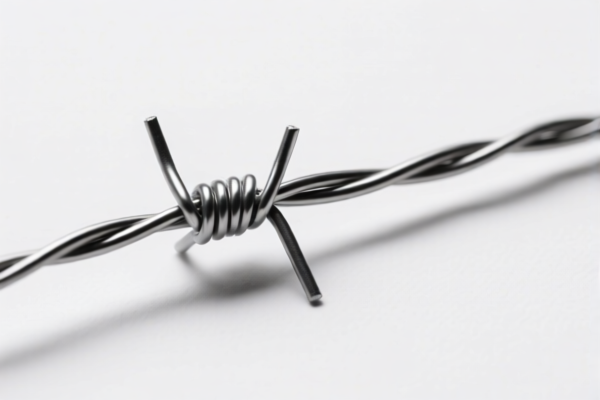| HS Code | Official Doc | Tariff Rate | Origin | Destination | Effective Date |
|---|---|---|---|---|---|
| 8461504050 | Doc | 59.4% | CN | US | 2025-05-12 |
| 8461508090 | Doc | 59.4% | CN | US | 2025-05-12 |
| 7115100000 | Doc | 59.0% | CN | US | 2025-05-12 |
| 7217901000 | Doc | 30.0% | CN | US | 2025-05-12 |
| 7217905030 | Doc | 30.0% | CN | US | 2025-05-12 |
| 7229909000 | Doc | 30.0% | CN | US | 2025-05-12 |
| 7229905006 | Doc | 30.0% | CN | US | 2025-05-12 |
| 8202990000 | Doc | 55.0% | CN | US | 2025-05-12 |
| 8202916000 | Doc | 55.0% | CN | US | 2025-05-12 |
| 8206000000 | Doc | The rate of duty applicable to that article in the set subject t+30.0% | CN | US | 2025-05-12 |
| 8211959000 | Doc | 3¢ each + 5.4%+55.0% | CN | US | 2025-05-12 |
| 8211945000 | Doc | 1¢ each + 5.4%+55.0% | CN | US | 2025-05-12 |
| 8208906000 | Doc | 55.0% | CN | US | 2025-05-12 |




Wire Saw
A wire saw is a tool consisting of a thin, strong wire stretched taut between two handles, used for cutting various materials. It utilizes a friction-based cutting action, often employing a back-and-forth or circular motion.
Material
The "wire" component is historically made of high-tensile steel, but modern variations incorporate materials like tungsten carbide or diamond-impregnated strands for enhanced cutting capabilities. Handles are typically constructed from metal, plastic, or wood, providing grip and control.
Purpose
Wire saws are employed where conventional saws are impractical or insufficient. This includes situations requiring cuts in tight spaces, irregular shapes, or materials resistant to traditional blade cutting.
Function
The cutting mechanism relies on the wire’s abrasive action. As the wire is drawn across the material, it generates friction, gradually wearing away the substance. The fine particles created by this process are carried away, allowing the cut to progress. Some wire saws utilize a reciprocating motion, while others are designed for a circular, sawing action.
Usage Scenarios
- Emergency/Survival: Often included in survival kits for cutting wood, bone, or metal in remote locations.
- Construction/Demolition: Used for cutting embedded materials like rebar, pipes, or tiles.
- Forestry/Camping: Employed for felling small trees, limbing, or creating firewood.
- Metalworking: Utilized for cutting metal pipes, rods, or sheets.
- Stone Cutting: Diamond-impregnated wire saws are used for precise cuts in stone, concrete, and tile.
Common Types
- Survival Wire Saw: Compact, lightweight, and typically utilizes a steel wire. Often features a small frame or ring for portability.
- Bow Saw: A wire saw used with a bow-shaped frame to create greater tension and cutting power.
- Diamond Wire Saw: Incorporates diamond particles for cutting extremely hard materials like stone, concrete, and glass. These come in manual and powered varieties.
- Reciprocating Wire Saw: Features a powered mechanism for rapid back-and-forth motion, often used in construction and demolition.
- Chain Saw (Wire Rope Cutter): Specialized chain saws with wire rope chains designed for cutting thick cables, ropes, and other difficult-to-cut materials.
Wire saws are cutting tools utilizing a thin wire to perform cuts. Based on the provided reference material, the following HS codes may be relevant:
-
8202990000: Handsaws, and metal parts thereof; blades for saws of all kinds (including slitting, slotting or toothless saw blades), and base metal parts thereof: Other saw blades, and parts thereof: Other (including parts). This code covers saw blades, including those that are not specifically defined elsewhere, and parts thereof. A wire saw blade would fall under this category if it's considered a saw blade.
- Chapter 82: Tools of two or more of headings 8202 to 8205, put up in sets for retail sale.
- Heading 8202: Handsaws and metal parts thereof.
- Subheading 8202990000: Other saw blades, and parts thereof.
-
7217901000: Wire of iron or nonalloy steel: Other: Coated with plastics. If the wire saw is made of iron or nonalloy steel and coated with plastics, this HS code applies.
- Chapter 72: Wire of iron or nonalloy steel.
- Heading 7217: Wire of iron or nonalloy steel.
- Subheading 7217901000: Other, coated with plastics.
-
7229909000: Wire of other alloy steel: Other: Other: Other wire. If the wire saw is made of other alloy steel and doesn't fall under more specific classifications, this HS code may be applicable.
- Chapter 72: Wire of iron or nonalloy steel.
- Heading 7229: Wire of other alloy steel.
- Subheading 7229909000: Other, other, other wire.
-
7229905006: Wire of other alloy steel: Other: Other: Round wire With a diameter of less than or equal to
1.6 mm , containing by weight less than 0.20 percent of carbon and more than 0.3 percent of nickel or more than 0.08 percent of molybdenum, and suitable for electric arc welding: Plated or coated with copper. If the wire saw is made of other alloy steel, is round wire with a diameter of less than or equal to 1.6 mm, contains less than 0.20% carbon, more than 0.3% nickel or 0.08% molybdenum, and is suitable for electric arc welding and plated or coated with copper, this HS code applies.- Chapter 72: Wire of iron or nonalloy steel.
- Heading 7229: Wire of other alloy steel.
- Subheading 7229905006: Other, other, round wire with specific characteristics.
Regarding HS code 7217901000, 7229909000, and 7229905006, the material composition of the wire saw is critical for accurate classification. If the wire saw is made of iron or nonalloy steel, HS code 7217901000 applies. If it's made of other alloy steel, further analysis of its composition is needed to determine if HS code 7229909000 or 7229905006 is more appropriate.
Customer Reviews
No reviews yet.